Aquatic Fly Fishing Insects
These fly fishing insects make up the major portion of a fish diet. The four most common insect orders that emerge from U.S. streams and lakes are mayflies, caddisflies, midges, and stoneflies. Learn how to match up fly fishing insects to their respective insect fishing lures.
Fly Fishing Insect Hatches & Matches
To be an effective hatch-matcher you must be able to quickly differentiate between not only adult mayflies, caddisflies, midges and stoneflies, but also all the immature stages of these insects as well. Most fly fishing insect hatches and feeding frenzy spinner falls occur over a relatively short period, so you may not have the time to try four or five patterns. Instead, you'll need to know how to choose the right fly at the right stage; only then will you be able to hook your share of fish. It's easier than you think. Just remember to match the hatch according to what the fish are feeding on.
A good fly fishing insect guide will not only break down the entomology of the gamut of insects used in the sport, but also where and when the various fly fishing insects can be found. This can assist in being able to better time the fly fishing insect hatches in your local area.
Mayflies
The mayfly is the most important order of trout-stream insects. All mayflies have two large, upright wings; two or three tails; and most have two very small hind wings. Mayflies look like little sailboats floating in the current and are the only trout-stream insects with upright wings. The life cycle is: egg, nymph, dun, spinner.
|
|
|
|
Caddisflies
Caddis flies are also very important insects; in some locations, they are even more numerous than mayflies. Caddis flies can easily be distinguished by their four wings of nearly equal length, which are covered with tiny hairs and, when at rest, are carried in an inverted V or tent over the back. Caddis flies are usually small to medium sized (#24 to #14) and have no tails. There are more than 1,000 known species on this continent.
|
|
|
|
Midges
Midges have only two short wings (shorter than the body), which lie flat along the top of the body, usually slightly to the side in a V, and they have no tails. Most midges are small, size 22 to 28 or smaller. The life cycle is egg, larva, pupa, adult. At hatch time the pupa ascends to the surface where it drifts for a time; the winged insect then emerges and flies away.
During the hatch, a pupa or stillborn artificial midge is usually effective; a hackled adult type can be used later during the emergence or at the egg-laying flight.
|
|
|
|
Stoneflies
This small order of flies is of very little importance in slow waters, yet in turbulent, rocky streams, such as the Madison and the Big Hole in Montana, stoneflies provide the largest flies and the most spectacular fishing of the season. In certain Oregon streams, stoneflies are the second most important fish food. Stoneflies vary in size from very large to very small (#2 to #20). Adult stoneflies have four long wings, which are hard, shiny, heavily veined, and held flat over the back when at rest.
|
|
|
|
Other Food Items
Trout and other freshwater gamefish feed on many other food items besides the four major orders. Although these other orders are normally of lesser importance, when they are numerous, fish will feed on them selectively, so be sure to pack a few fly fishing flies that represent imitations of other aquatic, semi-aquatic or terrestrial forms, such as dragonflies and damselflies, grasshoppers and crickets, leafhoppers, true bugs, spongilla flies, Dobsonflies, fish flies, alderflies, aquatic moths, beetles, true flies, and aquatic wasps.
KEEP LEARNING

How to Tie the Non-Slip Loop Knot
The non-slip loop knot is a popular and reliable choice for securing hooks, lures, and other tackle to your fishing line.
LEARN MORE

Socials
Take me fishing social media links
LEARN MORE

TakeMeFishing x Teen Vogue
Join us on a creative journey as fashion designer Ahmrii Johnson walks us through her collaborative vision and process with Teen Vogue and fashion brand, Rentrayage, to create a special piece.
LEARN MORE

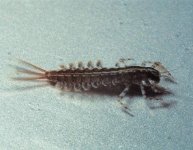

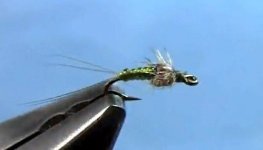
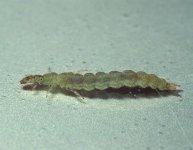
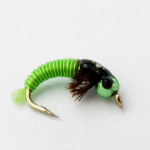
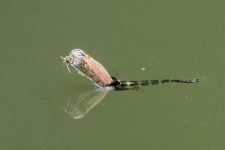
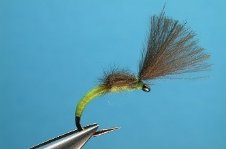
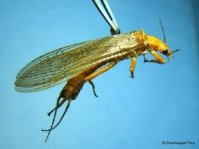
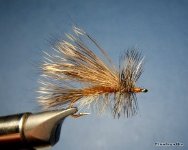

.png?lang=en-US&ext=.png)